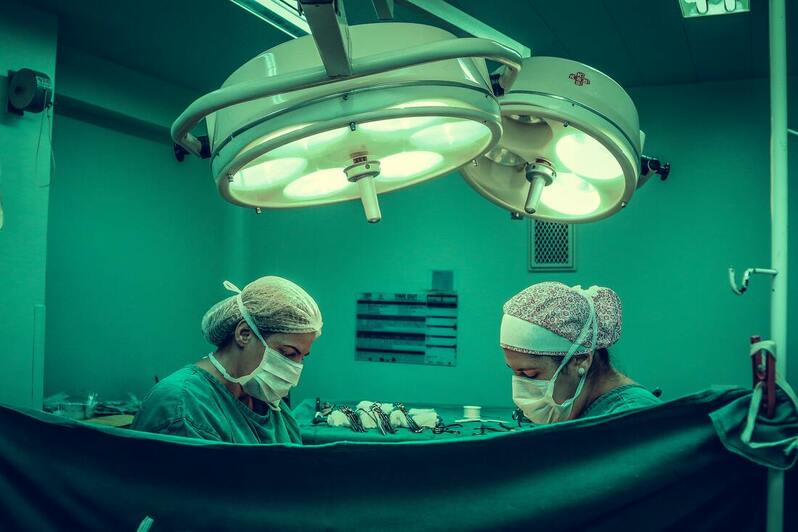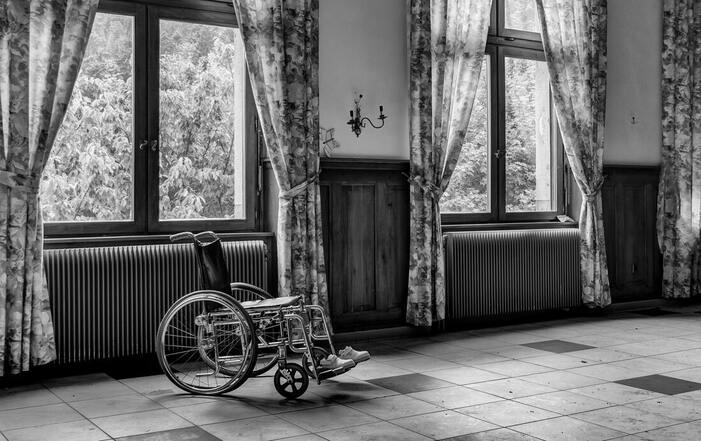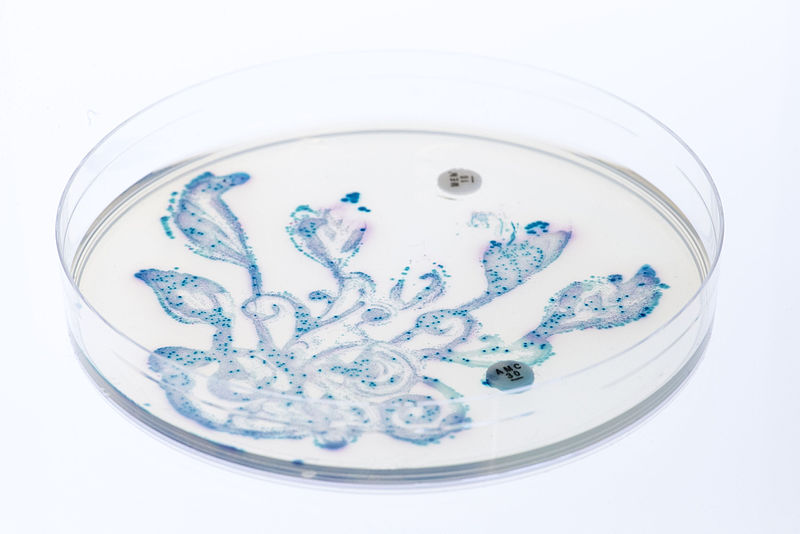Preventative and Surgical Treatments for the Bone-Related Complications of Spastic Cerebral Palsy
Cerebral palsy is a congenital neurological disorder that results in poor motor skills, muscle tone, and posture. It is usually caused by damage to the motor cortex of the brain, which is responsible for muscle control. This disruption in brain development can arise for a variety of reasons including mutated genes, infections, fetal stroke, or even traumatic brain injury at an early age in rare cases. According to The Cerebral Palsy Group, every year, around 8,000 infants and 1,500 young children are diagnosed with this developmental condition. In most cases, the disorder is detected early on when infants are unable to walk, crawl, roll over or perform other developmental milestones.
There are various types of cerebral palsy; some are more common than others. Spastic cerebral palsy, which causes stiff, tight, and extra-toned muscles, affects around 70% of patients. Around 10-20% of the patients have athetoid cerebral palsy, which causes involuntary movements; 5 to 10% suffer from ataxic cerebral palsy whose symptoms include lack of balance and coordination, and 10% have mixed cerebral palsy. Cerebral palsy also leads to both physical and mental complications, such as malnutrition due to the inability to swallow or feed oneself, depression, lung disease, neurological conditions, degenerative bone disease, and low bone density.
Although there is currently no cure for cerebral palsy, patients can undergo a variety of therapies and surgeries to alleviate symptoms. Researchers from the NYU Langone Medical Center Hospital for Joint Diseases just recently published a review article about surgical techniques to cure the bone-related complications that arise because of spastic cerebral palsy. It is a study that summarizes surgical treatment options specifically for pediatric cases of lower extremity muscle imbalance, foot/ankle deformities, hip dysplasia (abnormal formation of hip socket), and hip displacement along with advances in orthopaedic related technology. Although the review covers many surgical techniques in extreme detail, for the purposes of this article, only a few significant techniques related to hip displacement will be summarized.
There are various types of cerebral palsy; some are more common than others. Spastic cerebral palsy, which causes stiff, tight, and extra-toned muscles, affects around 70% of patients. Around 10-20% of the patients have athetoid cerebral palsy, which causes involuntary movements; 5 to 10% suffer from ataxic cerebral palsy whose symptoms include lack of balance and coordination, and 10% have mixed cerebral palsy. Cerebral palsy also leads to both physical and mental complications, such as malnutrition due to the inability to swallow or feed oneself, depression, lung disease, neurological conditions, degenerative bone disease, and low bone density.
Although there is currently no cure for cerebral palsy, patients can undergo a variety of therapies and surgeries to alleviate symptoms. Researchers from the NYU Langone Medical Center Hospital for Joint Diseases just recently published a review article about surgical techniques to cure the bone-related complications that arise because of spastic cerebral palsy. It is a study that summarizes surgical treatment options specifically for pediatric cases of lower extremity muscle imbalance, foot/ankle deformities, hip dysplasia (abnormal formation of hip socket), and hip displacement along with advances in orthopaedic related technology. Although the review covers many surgical techniques in extreme detail, for the purposes of this article, only a few significant techniques related to hip displacement will be summarized.
Image Source: Patrick De Boeck
Since non-invasive methods are far safer for patients, much focus is placed on early detection techniques and preventative care to avoid surgical intervention. Routine check-ups and early surgical intervention decreases the number of procedures required overall. One group identified a classification system for hip displacement ranging from grade I (normal hip) to grade VI (complete displacement requiring immediate salvage surgery) that proves useful in predicting prognosis and evaluating treatment outcomes. Depending on determined classification, physicians can vary the course of treatment. Another study investigated early soft tissue releases, in particular adductor lengthening, to prevent hip displacement. It found that severe GMFCS level (a gross motor function classification system developed for cerebral palsy) caused increased failure of the preventative procedure. By consistently evaluating patients and performing preventative techniques on the proper selection of patients, physicians can avoid further surgery or even progression of the disease symptoms.
Two surgical treatments described in the article for hip dysplasia displacement are osteotomies and salvage hip procedures. Osteotomies are procedures that involve the removal of a piece of bone, generally performed in less extreme cases to reduce movement-induced stress. During this procedure, the pelvis is cut, repositioned into the hip joint and then held in place with screws that can be removed at a later time; this procedure is performed to reduce stress caused by movement. In extreme cases of painful chronic dislocated hip, surgeons will resort to hip salvage surgery, which is conducted purely to alleviate the symptoms of hip dislocation without any aim to cure. Types of hip salvage surgery include arthrodesis (fusion of adjacent bones), arthroplasty (reconstruction or replacement of a joint), and femoral head resection (removing part of femoral head). The study shows that it takes around 3-6 months post-surgery for the pain relief to begin. While these surgeries have the potential to increase the quality of the life of someone with cerebral palsy, they do not provide a permanent solution.
As time passes, our understanding of spastic cerebral palsy increases - in the future, we hope to optimize surgical methods, and ideally, learn to prevent the progression of this debilitating disease. These techniques outlined in here are another stepping block in moving medicine to revolve around preventative, personalized care - identifying the issue before it grows and providing early treatment molded to the needs of the individual.
Two surgical treatments described in the article for hip dysplasia displacement are osteotomies and salvage hip procedures. Osteotomies are procedures that involve the removal of a piece of bone, generally performed in less extreme cases to reduce movement-induced stress. During this procedure, the pelvis is cut, repositioned into the hip joint and then held in place with screws that can be removed at a later time; this procedure is performed to reduce stress caused by movement. In extreme cases of painful chronic dislocated hip, surgeons will resort to hip salvage surgery, which is conducted purely to alleviate the symptoms of hip dislocation without any aim to cure. Types of hip salvage surgery include arthrodesis (fusion of adjacent bones), arthroplasty (reconstruction or replacement of a joint), and femoral head resection (removing part of femoral head). The study shows that it takes around 3-6 months post-surgery for the pain relief to begin. While these surgeries have the potential to increase the quality of the life of someone with cerebral palsy, they do not provide a permanent solution.
As time passes, our understanding of spastic cerebral palsy increases - in the future, we hope to optimize surgical methods, and ideally, learn to prevent the progression of this debilitating disease. These techniques outlined in here are another stepping block in moving medicine to revolve around preventative, personalized care - identifying the issue before it grows and providing early treatment molded to the needs of the individual.
Featured Image Source: Vidal Balielo Jr.
RELATED ARTICLES
|
Vertical Divider
|
Vertical Divider
|
Vertical Divider
|






